Best Time for Concrete Installations
Concrete installations are influenced by weather conditions, temperature, and humidity. Optimal timing ensures durability, proper curing, and minimal delays.
Spring offers moderate temperatures ideal for concrete curing, reducing the risk of cracking and delays caused by extreme weather.
Early summer can be suitable if temperatures are controlled, but high heat may cause rapid drying and cracking.
Fall provides cooler temperatures and less humidity, promoting proper curing and long-lasting results.
Winter is generally not recommended unless conditions are carefully managed, as cold weather impairs curing and can cause damage.
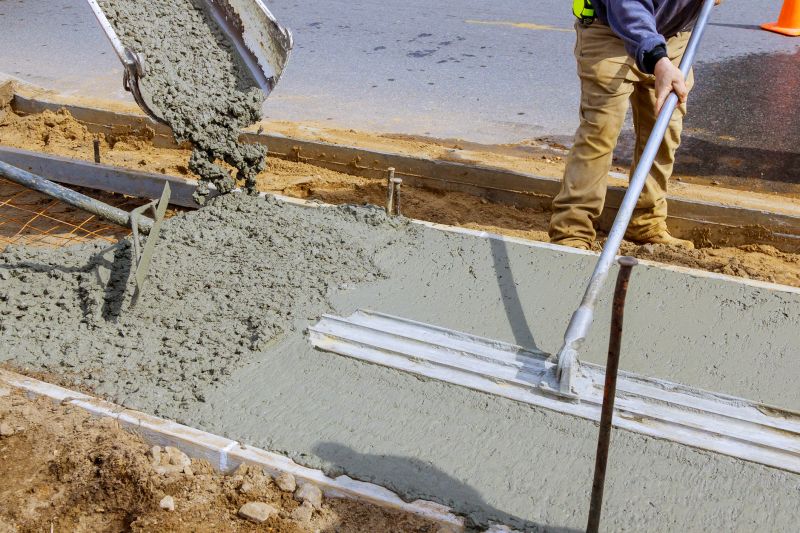
Concrete being poured during spring with mild weather conditions.
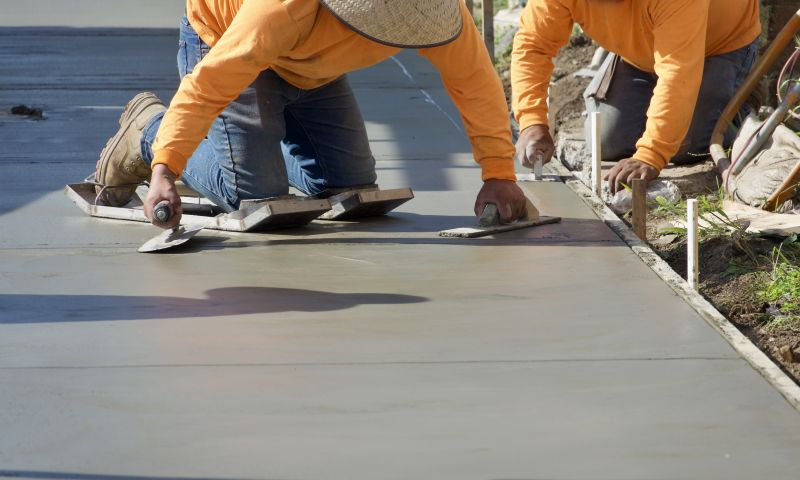
Concrete curing under controlled summer conditions.
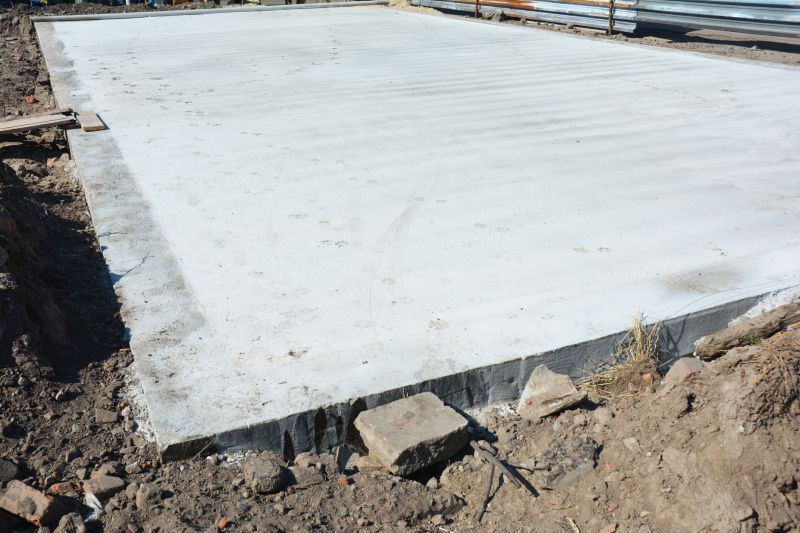
Concrete set during fall with optimal temperatures.
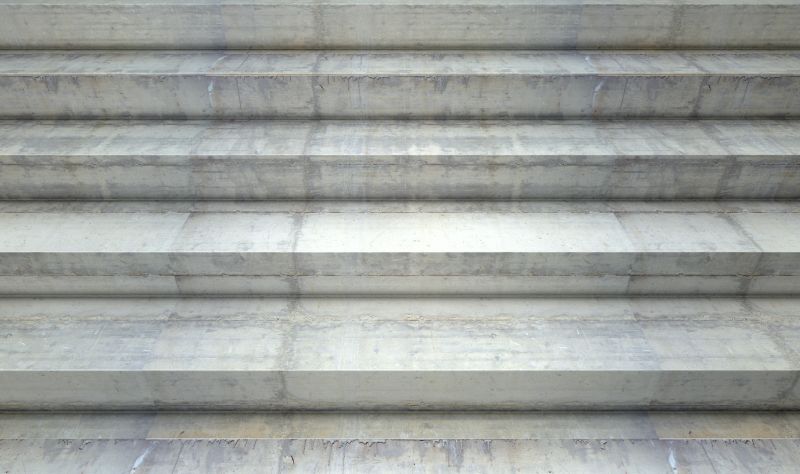
Concrete application in winter with protective measures.
| Season | Optimal Conditions |
|---|---|
| Spring | Moderate temperatures, low humidity, ideal for curing. |
| Summer | Early summer preferred, avoid peak heat hours. |
| Fall | Cooler temperatures, less humidity, suitable for installation. |
| Winter | Not recommended unless climate is controlled. |
Concrete installations require careful planning around weather conditions to ensure longevity and performance. Proper timing minimizes issues such as cracking, uneven curing, and surface defects. In regions with variable climates, additional precautions like curing blankets or heated enclosures may be necessary. Statistically, concrete poured within the optimal temperature range and weather conditions has a higher success rate, reducing maintenance costs and extending lifespan.
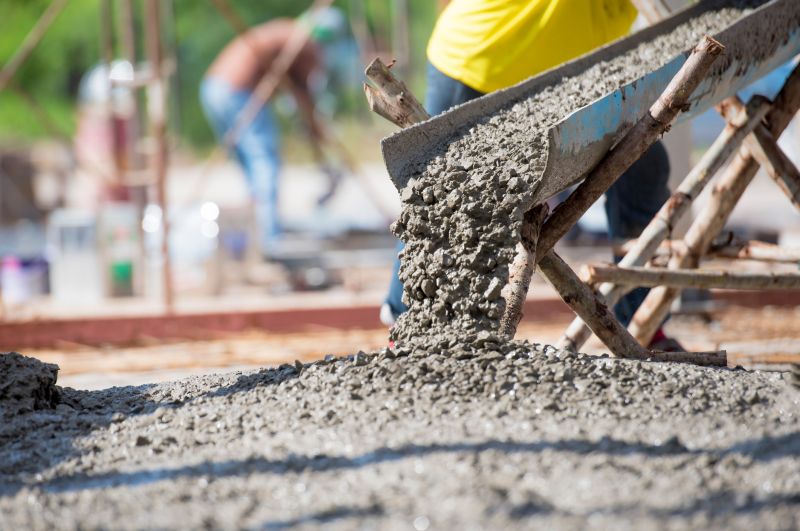
Concrete being poured in spring with favorable weather.

Concrete curing process during summer with controlled environment.
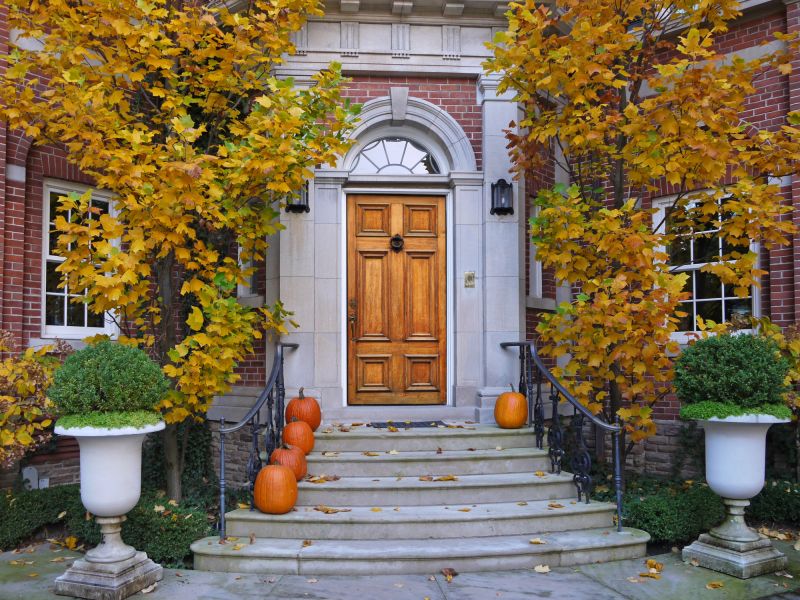
Concrete setting during autumn with optimal weather.
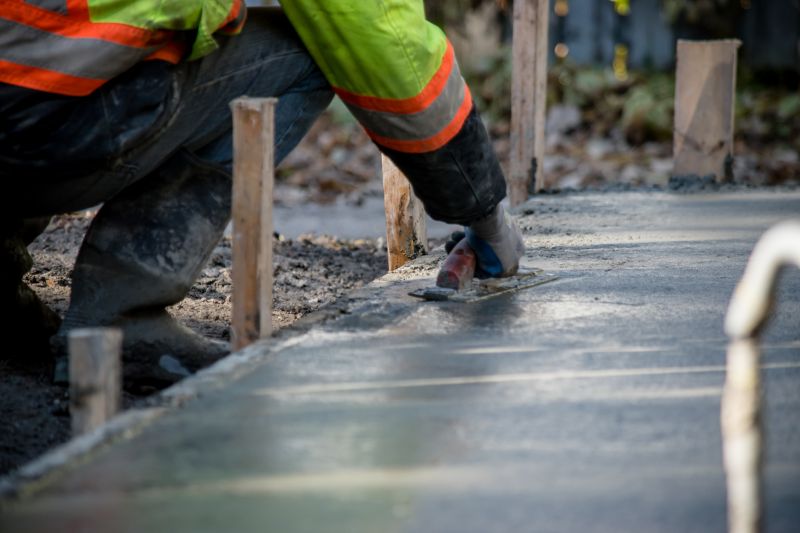
Concrete application with protective measures in winter.
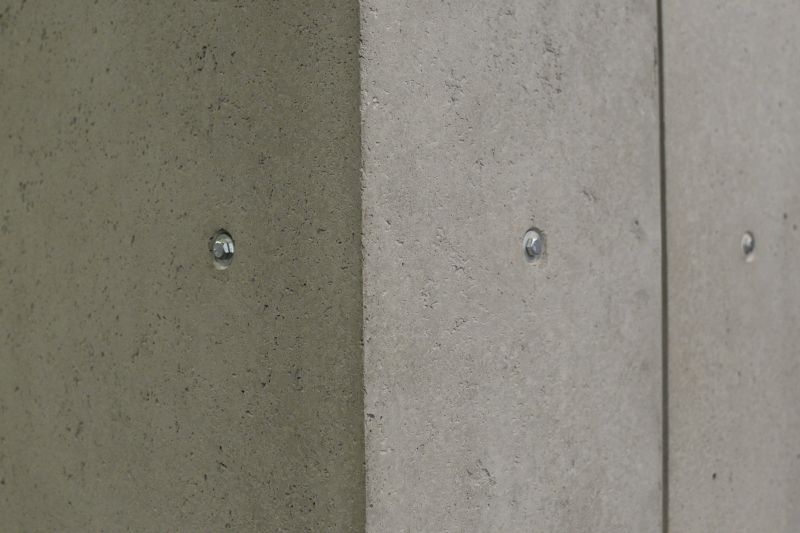
Popular materials for Concrete Installations and why they hold up over time.
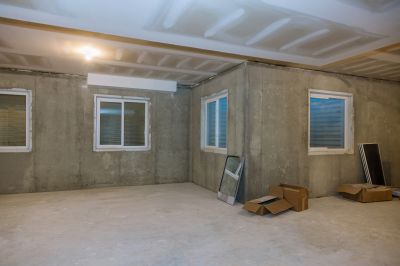
Simple add-ons that improve Concrete Installations without blowing the budget.
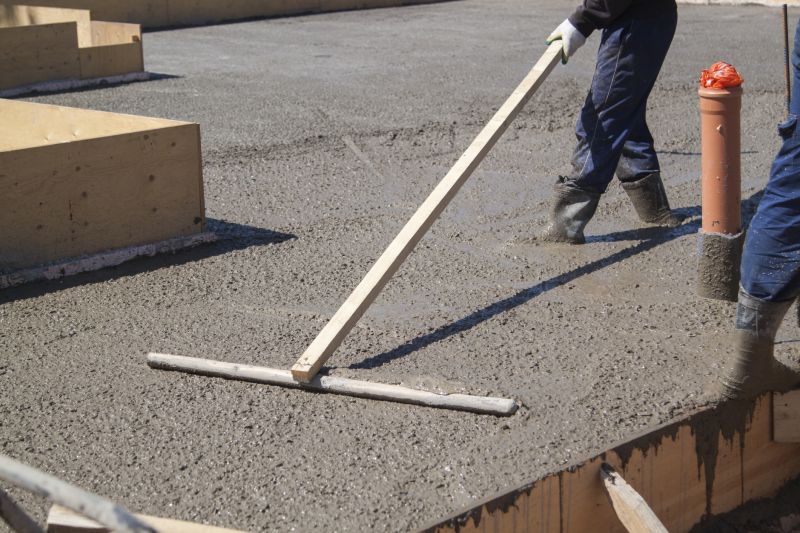
High-end options that actually feel worth it for Concrete Installations.
Choosing the right time for concrete installation enhances durability and reduces the likelihood of future repairs. Weather conditions directly impact curing quality and structural integrity. Planning installations during appropriate seasons ensures that concrete reaches its full strength potential and maintains surface quality over time.
Proper curing is essential for concrete strength; it typically takes 28 days to reach full strength.
Extreme temperatures can delay curing or cause cracking, affecting the lifespan of the concrete.
Protective measures like coverings and heaters can mitigate adverse weather effects during installation.
Timing concrete installation correctly contributes to long-term performance and reduces maintenance needs.
For optimal results, it is recommended to schedule concrete installations during seasons with stable, moderate weather conditions. Proper planning and weather monitoring can significantly improve the quality and longevity of the finished surface. Interested parties are encouraged to contact for more detailed guidance or to discuss project timelines.
